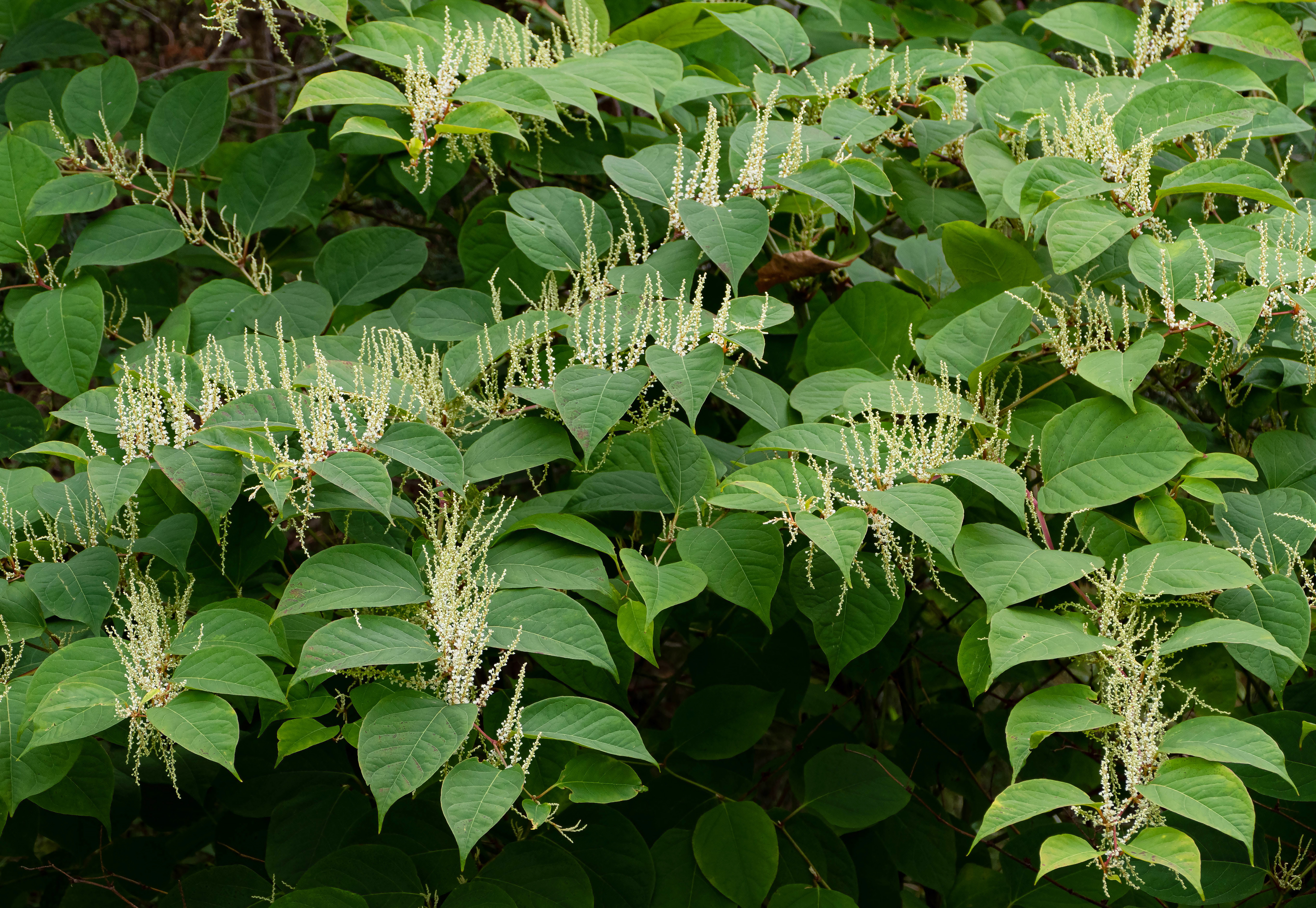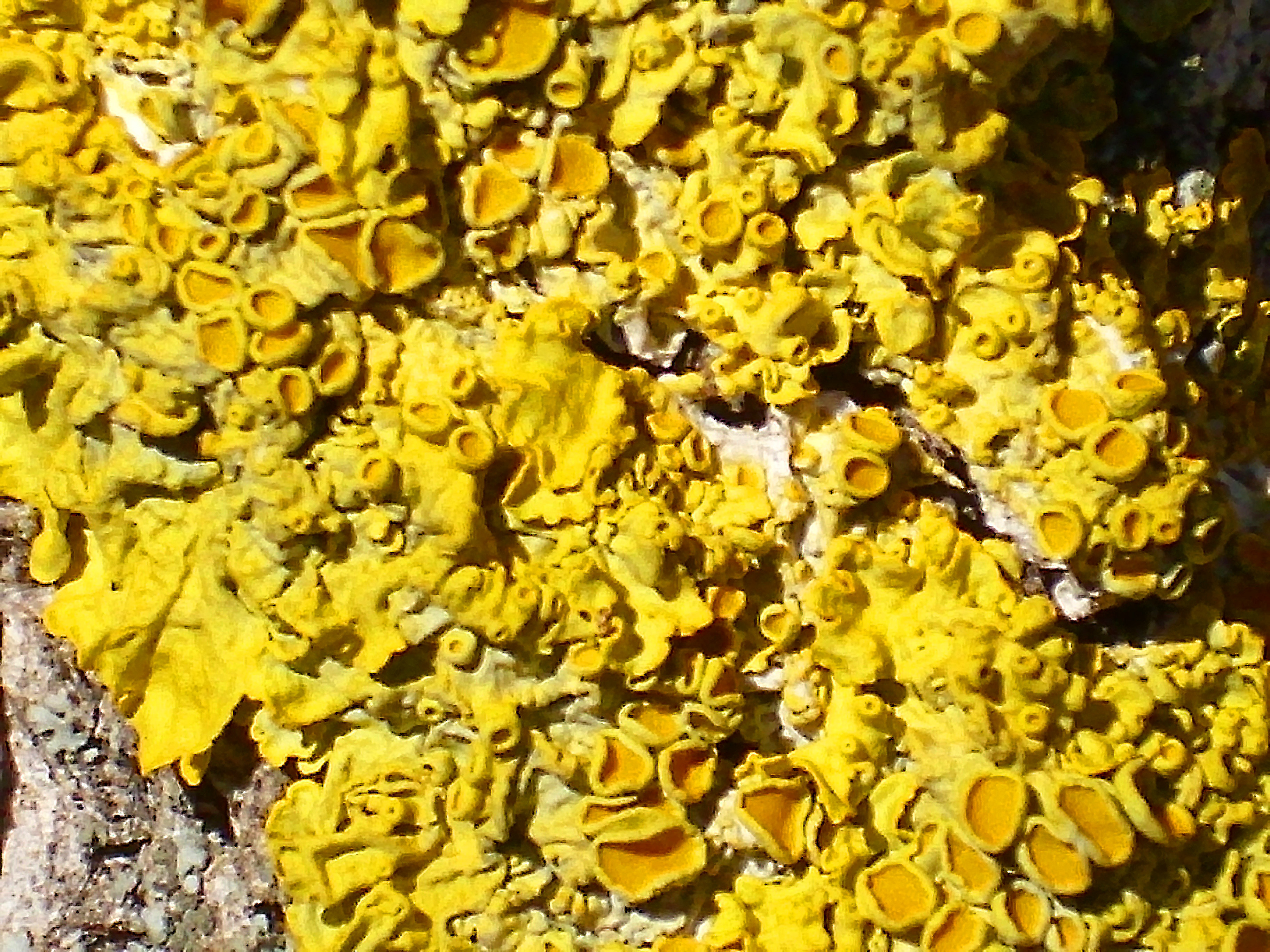|
Wetmoreana Decipioides
''Wetmoreana decipioides'' is a rare species of saxicolous (rock-dwelling) crustose lichen in the family Teloschistaceae. Found in Gangwon Province, South Korea, it was described as a new species in 2011. The lobate thallus of the species is orange in colour and grows radiately in rosette (botany), rosettes with marginal , covered by smaller, irregularly arranged, often overlapping lobes in the centre. Taxonomy This species was originally species description, described in 2011 by Ulf Arup as a member of the large genus ''Caloplaca''. The type (biology), type specimen was collected from the inner part of the massif of the Seoraksan, Sorak Mountains in Gangwon Province, South Korea. It was found on almost vertical rock, shaded from running water, and probably at least partly with a higher pH than true siliceous rocks. The botanical name, specific epithet ''decipioides'' refers to its similarity with ''Caloplaca decipiens''. Arup and colleagues transferred the taxon to the genus ''W ... [...More Info...] [...Related Items...] OR: [Wikipedia] [Google] [Baidu] |
John Alan Elix
John Alan (Jack) Elix (born 1941) emeritus professor in chemistry at the Australian National University, is an organic chemist who has contributed in many fields: lichenology, lichen chemotaxonomy, plant physiology and biodiversity and natural product chemistry. He has authored 2282 species names, and 67 genera in the field of mycology. Elix edited the exsiccata series ''Lichenes Australasici exsiccati.'' Education His first degree, B.Sc., and his Ph.D. were both in organic chemistry from the University of Adelaide. This was followed by post-doctoral years at the University of Cambridge and then a D.Sc. in natural products chemistry from the Australian National University. Career Elix spent a post doctoral year in 1966 at Cambridge, returning to Australia in 1967 to a lectureship in chemistry at the ANU. He retired as professor of chemistry in 2002, becoming professor emeritus. By 1975 he had already published several papers on the organic chemistry of lichens, and ul ... [...More Info...] [...Related Items...] OR: [Wikipedia] [Google] [Baidu] |
Synonym (taxonomy)
In taxonomy, the scientific classification of living organisms, a synonym is an alternative scientific name for the accepted scientific name of a taxon. The Botanical nomenclature, botanical and Zoological nomenclature, zoological codes of nomenclature treat the concept of synonymy differently. * In nomenclature, botanical nomenclature, a synonym is a Binomial nomenclature, scientific name that applies to a taxon that now goes by a different scientific name. For example, Carl Linnaeus, Linnaeus was the first to give a scientific name (under the currently used system of scientific nomenclature) to the Norway spruce, which he called ''Pinus abies''. This name is no longer in use, so it is now a synonym of the current scientific name, ''Picea abies''. * In zoology, moving a species from one genus to another results in a different Binomial nomenclature, binomen, but the name is considered an alternative combination rather than a synonym. The concept of synonymy in zoology is reserved f ... [...More Info...] [...Related Items...] OR: [Wikipedia] [Google] [Baidu] |
Parietinic Acid
Parietinic acid is an organic compound in the structural class of chemicals known as anthraquinones. It is found in many species of the lichen family Teloschistaceae. The substance was first reported in the literature by the German chemist Walter Eschrich in 1958. Occurrence Originally isolated from the lichen ''Xanthoria parietina'', it has since been identified in many lichens of the family Teloschistaceae. In 1970, Johan Santesson proposed a possible biogenetic relationship between the anthraqunone compounds commonly found in ''Caloplaca''. According to this scheme, emodin is methylated to give parietin, which then undergoes three successive oxidations, sequentially forming fallacinol, fallacinal, and then parietinic acid. A is a set of biosynthetically related compounds produced by a lichen. In 2002, Ulrik Søchting and Patrik Frödén identified chemosyndrome A, the most common chemosyndrome in the genus '' Teloschistes'' and in the entire family Teloschistaceae, whi ... [...More Info...] [...Related Items...] OR: [Wikipedia] [Google] [Baidu] |
Emodin
Emodin (6-methyl-1,3,8-trihydroxyanthraquinone) is an organic compound. Classified as an anthraquinone, it can be isolated from rhubarb, buckthorn, and Japanese knotweed ('' Reynoutria japonica'' syn. ''Polygonum cuspidatum''). Emodin is particularly abundant in the roots of the Chinese rhubarb (''Rheum palmatum''), knotweed and knotgrass ('' Polygonum cuspidatum'' and '' Polygonum multiflorum'') as well as Hawaii ‘au‘auko‘i cassia seeds or coffee weed (''Semen cassia''). It is specifically isolated from ''Rheum palmatum'' L. It is also produced by many species of fungi, including members of the genera ''Aspergillus'', '' Pyrenochaeta'', and ''Pestalotiopsis'', inter alia. The common name is derived from ''Rheum emodi'', a taxonomic synonym of '' Rheum australe'' (Himalayan rhubarb), and synonyms include emodol, frangula emodin, rheum emodin, 3-methyl-1,6,8-trihydroxyanthraquinone, Schüttgelb (Schuttgelb), and Persian Berry Lake. Pharmacology Emodin is an active compon ... [...More Info...] [...Related Items...] OR: [Wikipedia] [Google] [Baidu] |
Teloschistin
Fallacinol (teloschistin) is an organic compound in the structural class of chemicals known as anthraquinones. It is found in some lichens, particularly in the family Teloschistaceae, as well as a couple of plants and non lichen-forming fungi. In 1936, Japanese chemists isolated a pigment they named fallacin from the lichen '' Oxneria fallax'', which was later refined and assigned a tentative structural formula; by 1949, Indian chemists had isolated a substance from ''Teloschistes flavicans'' with an identical structural formula to fallacin. Later research further separated fallacin into two distinct pigments, fallacin-A (later called fallacinal) and fallacin-B (fallacinol). The latter compound is also known as teloschistin due to its structural match with the substance isolated earlier. History In 1936, Japanese chemists Mitizo Asano and Sinobu Fuziwara reported on their chemical investigations into the colour pigments of the lichen ''Xanthoria fallax'' (now known as '' Oxner ... [...More Info...] [...Related Items...] OR: [Wikipedia] [Google] [Baidu] |
Fallacinal
Fallacinal is an organic compound in the structural class of chemicals known as anthraquinones. It is found in many species of the lichen family Teloschistaceae. History In 1936, Japanese chemists Mitizo Asano and Sinobu Fuziwara reported on their investigations into the colour pigments of the lichen ''Xanthoria fallax'' (now known as '' Oxneria fallax''), found growing on the bark of mulberry trees. They isolated a pigment they named fallacin. A few years later Asano and Yosio Arata further purified the crude material from this lichen, ultimately obtaining an orange-yellow compound with a molecular formula of C16H12O6. Using information from additional chemical tests, they proposed a tentative structural formula for fallacin. In 1949, T. R. Seshadri and S. Subramanian described their work with the Indian lichen ''Teloschistes flavicans'', in which they isolated an orange substance they named teloschistin, and which had a structural formula identical to that of fallacin proposed b ... [...More Info...] [...Related Items...] OR: [Wikipedia] [Google] [Baidu] |
Parietin
Parietin is the predominant cortical pigment of lichens in the genus '' Caloplaca'', a secondary product of the lichen '' Xanthoria parietina'', and a pigment found in the roots of curled dock (''Rumex crispus''). It has an orange-yellow color and absorbs blue light. It is also known as physcion. It has also been shown to protect lichens against UV-B light, at high altitudes in alpine regions. The UV-B light stimulates production of parietin and the parietin protects the lichens from damage. Lichens in arctic regions such as Svalbard retain this capability though they do not encounter damaging levels of UV-B, a capability that could help protect the lichens in case of ozone layer thinning. It has also shown anti-fungal activity against barley powdery mildew and cucumber powdery mildew, more efficiently in the latter case than treatments with fenarimol and polyoxin B. It reacts with KOH to form a deep, reddish-magenta compound. Effect on human cancer cells Also found i ... [...More Info...] [...Related Items...] OR: [Wikipedia] [Google] [Baidu] |
Lichen Product
Lichen products, also known as lichen substances, are organic compounds produced by a lichen. Specifically, they are secondary metabolites. Lichen products are represented in several different chemical classes, including terpenoids, orcinol derivatives, chromones, xanthones, depsides, and depsidones. Over 800 lichen products of known chemical structure have been reported in the scientific literature, and most of these compounds are exclusively found in lichens. Examples of lichen products include usnic acid (a dibenzofuran), atranorin (a depside), lichexanthone (a xanthone), salazinic acid (a depsidone), and isolichenan, an α-glucan. Many lichen products have biological activity, and research into these effects is ongoing. Biosynthesis Most lichen products are biochemically synthesized via the acetyl-polymalonyl pathway (also known as polyketide pathway), while only a few originate from the mevalonate and shikimate biosynthetic pathways. Occurrence Lichen products accumu ... [...More Info...] [...Related Items...] OR: [Wikipedia] [Google] [Baidu] |
Secondary Metabolite
Secondary metabolites, also called ''specialised metabolites'', ''secondary products'', or ''natural products'', are organic compounds produced by any lifeform, e.g. bacteria, archaea, fungi, animals, or plants, which are not directly involved in the normal cell growth, growth, Biological development, development, or reproduction of the organism. Instead, they generally mediate ecological biological interaction, interactions, which may produce a Natural selection, selective advantage for the organism by increasing its survivability or fecundity. Specific secondary metabolites are often restricted to a narrow set of species within a phylogenetic group. Secondary metabolites often play an important role in plant defense against herbivory and other interspecies defenses. Humans use secondary metabolites as medicines, flavourings, pigments, and recreational drugs. The term secondary metabolite was first coined by Albrecht Kossel, the 1910 Nobel Prize laureate for medicine and physio ... [...More Info...] [...Related Items...] OR: [Wikipedia] [Google] [Baidu] |

